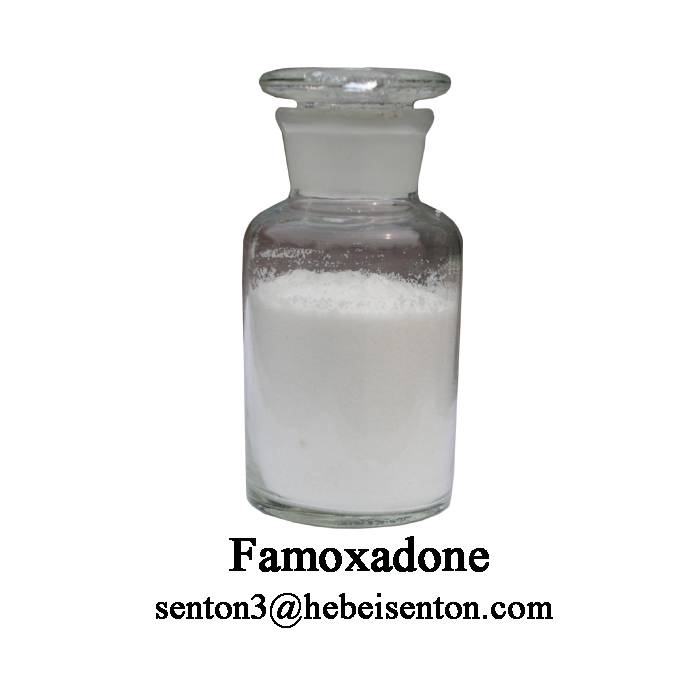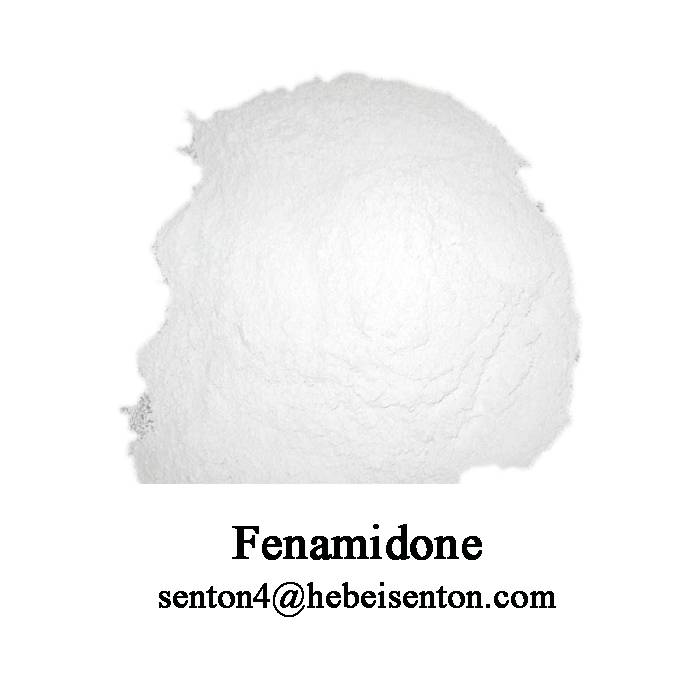Hot Sell Difenoconazole CAS: 119446-68-3
Control object
It has a wide bactericidal spectrum, and has a lasting protective and therapeutic effect on ascomycetes, Basidiomycetes, and bactriospora, including Streptospora, Dichospora, Coccygospora, Bulbocribacea, Bulbocribacea, Stylosphaerospora, Stylosphaerosphaerospora, and some species-borne pathogens. Grape anthracnose, white rot effect is also very good. Foliar treatment or seed treatment can improve crop yield and ensure quality.
Application technology
Suitable crops and safety Tomatoes, beets, bananas, cereal crops, rice, soybeans, horticultural crops and various vegetables. When wheat and barley are treated with stems and leaves (wheat plant height 24~42cm), sometimes the leaves will be discolored, but it will not affect the yield.
Control object
Of ascus door, including basidiomycotina and alternaria, shell 2 genera, tail spore mildew, thrust plate, tee bacteria genera, stem point mildew, column partition spore genera, shell needle spore, black star bacteria is imperfect, bacteria, powdery mildew, rust and some kinds of pathogenic bacterium have lasting protection and active treatment, At the same time, sugar beet brown spot, wheat glume blight, leaf blight, rust and mildew caused by several pathogens, apple black star disease, powdery mildew, grape powdery mildew, potato early blight, peanut leaf spot, web spot and so on have a good treatment effect.
Usage method
Mainly used as foliar treatment agent and seed treatment agent. 10% phenoxyconazole water-dispersed granules were mainly used for stem and leaf treatment, and the dosage was 30~125g(a.i)/hm2. The application of 10% phenoxymeclozole water-dispersed granules is mainly used to prevent and control pear black star disease, apple spot leaf disease, tomato drought blight, watermelon vine blight, pepper anthracnose, strawberry powdery mildew, grape anthracnose, black pox disease, citrus scab disease, etc.
1. Pear black star disease in the early stage of use 10% water dispersed granules 6000~7000 times the liquid, or every l00 L of water with preparation 14.3~ 16.6g (effective concentration 14,3 ~ 16,6 mg/L). When the disease is severe, the concentration can be increased, it is recommended to use 3000~5000 times liquid or every l00 L water plus 20~33g of preparation (potency 20~33mg/L), and continuous spraying 2~3 times at an interval of 7~14d.
2. At the early stage of apple spot leaf litter disease, use 2500~3000 times of liquid or 33~40g of preparation per l00L of water (effective concentration 33~40mg/L). When the disease is severe, 1500-2000 times the liquid or every l00L of water is added with 50~66.7g (effective concentration 50~66.7mg/L), the interval of 7~14d, continuous spraying 2~3 times.
3. Grape anthracnose, blackpox with 1500 to 2000 times the liquid or every 100L, water plus preparation 50 to 66.7g (effective concentration 50 to 66.7mg/L).
4.Citrus scab with 2000~2500 times the liquid or every l00L of water plus preparation 40~50g (effective concentration 40~50mg/L) spray.
5. 50~80g (5~8g) of preparation for watermelon blight per acre.
6. Strawberry powdery mildew preparation per mu 20~40g (effective ingredient 2~4g).
7.The early onset of tomato disease with 800 to 1200 times the flow or per l00L of water with preparation 83 to 125g (effective concentration 83 to 125mg/L), or with preparation 4.0 to 60g of active ingredients 4 to 6g per mu).
8. Early onset of pepper anthracnose with 800~1200 times of liquid or per l00L of water with preparation 83~125g(effective concentration 83~125mg/L), or per mu with preparation 40~60g (effective composition 4~6g)
Matters needing attention
(1) Phenoxyconazole should not be mixed with copper preparations. Because copper preparation can reduce its bactericidal ability, if it is really necessary to mix with copper preparation, it is necessary to increase the dosage of phenoxyconazole by more than 10%. Although phenoxyconazole has internal absorption, it can be transmitted to the whole body of the plant through the transfusion tissue, but in order to ensure the control effect, the water consumption must be sufficient when spraying, requiring uniform spraying of the whole tree.
(2) The amount of spray liquid for watermelon, strawberry and pepper is 50L per mu. Fruit trees can be determined according to the size of fruit trees, large fruit trees spray liquid volume is high, small fruit trees spray liquid volume is the lowest. Application should be carried out in the morning and evening when the temperature is low and there is no wind. Application should be stopped when the relative humidity of the air is lower than 65%, the temperature is higher than 28 ° C, and the wind speed is greater than 5m/s on sunny days.
(3) Although phenoxymeclozole has the dual effect of protection and treatment, in order to minimize the loss caused by the disease, its protective effect should be given full play, so the application time should be early rather than late, and the spraying effect should be best at the early stage of the disease.














